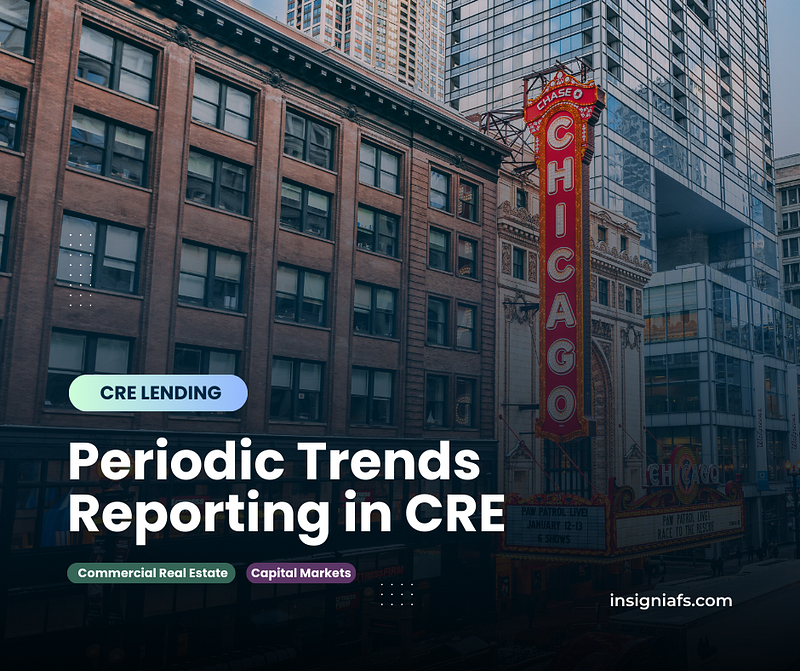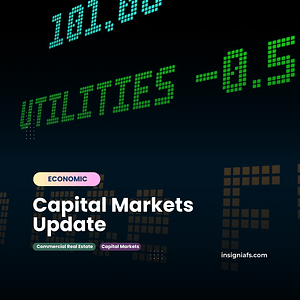Key Findings:
Government Agency Funding Increased: Government agencies became a more significant CRE financing source, rising from 19% in 2022 to 26% in 2023. This is closer to the pre-pandemic average (2015-2019) of 23%.
Regional Banks Remain Strong: Regional and local banks continue to be a major player, financing 26% of all deals in 2023. This is still higher than the pre-pandemic average of 17%. Notably, they were the leading lender for office (37%), industrial (33%), retail (35%), hotels (36%), and senior housing (37%). However, their involvement in multifamily financing remains lower (13%).
Breakdown by Lender Type and Property Type:
Property Type | Regional Banks | National Banks | International Banks | Insurance Companies | Government Agencies | CMBS | Investor-Driven | Private/Other |
| Office | 37% | 12% | 13% | 11% | N/A | 12% | 12% | <5% |
| Industrial | 33% | 12% | 9% | 24% | N/A | 11% | 10% | <5% |
| Retail | 35% | 12% | N/A | 13% | N/A | 25% | 17% | <5% |
| Hotel | 36% | 8% | 9% | N/A | N/A | 21% | 17% | <5% |
| Multifamily | 13% | N/A | N/A | N/A | 58% | N/A | N/A | <5% |
| Senior Housing | 37% | N/A | N/A | N/A | 29% | N/A | 13% | <5% |
Loan Size and LTV (Loan-to-Value) Ratio by Lender Type:
| Lender Type | Average Loan Size | Average LTV |
|---|---|---|
| Government Agencies | $18.9 million | 60.5% |
| CMBS | $21.7 million | 55.7% |
| International Banks | $16.7 million | 62.1% |
| National Banks | $12.9 million | 62.6% |
| Regional & Local Banks | $6.6 million | 66.4% |
| Investor-Driven | $16.3 million | 68.3% |
| Insurance Companies | $20.0 million | 58.9% |
Key Takeaways:
Government Agencies dominate financing for multifamily (58%) and senior housing (29%).
Regional/Local Banks are the most active lenders across all property types except multifamily, offering a significant share (over 33%) in each category. They also provide the smallest average loan size ($6.6 million).
CMBS (Commercial Mortgage-Backed Securities) are prevalent in retail (25%) and hotels (21%).
Investor-Driven financing plays a role in hotels (17%) and senior housing (13%).
National Banks & Insurance Companies have a consistent presence across property types, but not the majority share in any single category.
Additional Notes:
The table excludes loan details for “Private/Other” due to their small contribution.
“N/A” indicates the data source doesn’t provide a specific percentage for that category.



